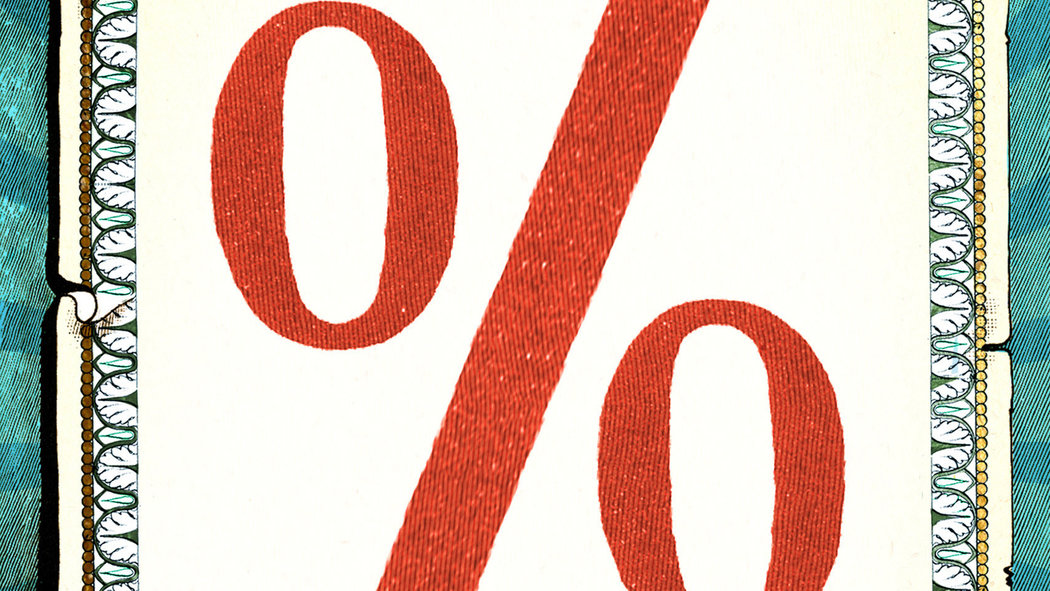Why home bias is so difficult for us to fight
by Tom Brakke, The Research Puzzle
The second season of Fargo![]() is set in 1979, in Luverne, Minnesota. My hometown. That year, I was living there with my young family.
is set in 1979, in Luverne, Minnesota. My hometown. That year, I was living there with my young family.
Oddly enough, the town of less than five thousand was also featured a few years ago in Ken Burns’ television series The War. Burns told the story of WWII through the lives of people from four communities in the United States, including Luverne.
In the series, Tom Hanks narrated the words of Al McIntosh, the editor of the Rock County Star-Herald. Burns said, “We read his columns and thought, ‘Oh my God, here’s our Greek chorus.’ His writing is the single greatest archival discovery we’ve made in thirty years of doing this kind of work.”![]()
At this point, I want to tell you about McIntosh’s predecessor, James Russell Wiggins, who became editor of the Washington Post and then ambassador to the United Nations. And Frederick Manfred, whose books chronicled the lives of those in the region he called Siouxland,![]() and Jim Brandenburg, the great nature photographer, and . . .
and Jim Brandenburg, the great nature photographer, and . . .
As a dutiful native son, I could go on and on about the people, the history, and the amazing prairie sky. Which brings us to the point: it’s tough to be objective about your home turf. If it was good to you, you are eager to relate every detail and to make every point about why it was special.
We are formed by our experiences and the parameters of our lives are defined by where we are from and what we’ve done. That goes for our investing lives too.
For example, there is a well-established “home bias” among investors. According to Vanguard, “Investors display a persistent and significant home bias, regardless of domicile, which often conflicts with the tenets of broad global diversification.”![]() And, while it’s probably less true today, there has historically been a regional bias as well; you feel more comfortable owning companies that are closer to you. Local success is easy to celebrate — and to invest in, emotionally and financially.
And, while it’s probably less true today, there has historically been a regional bias as well; you feel more comfortable owning companies that are closer to you. Local success is easy to celebrate — and to invest in, emotionally and financially.
But what constitutes “home” for us isn’t limited to geography. We find comfort in the familiar and build our nests of beliefs and actions accordingly. Unfortunately, that comfort can breed an insularity that is potentially dangerous. Over time, many of the boundaries and characteristics that we grow to understand and expect (of geographies, of strategies, of “asset classes,” of organizations) become outdated.
Yet we cling to the status quo. For example, it is common for those who hire asset managers to talk about the need for focus at those firms, and of their interest in finding ones that “stick to their knitting.” Yet today’s knitting may go out of fashion, and those doing the knitting may not see the shift coming or may try to wish it away.
The challenge for any of us — or any group of us — is to know when to retain the focus that has produced good results and when to respond to the changes (or potential changes) in the environment by altering our approach. For starters, we need to be open to the possibilities and be observant of an evolving environment.
To provide you with some practical ideas on how to do so, the next few postings on this site will look at ways in which organizations and individuals can step out of the comfortable cocoons that they call home. I can guarantee that my thoughts won’t match up to the quirky entertainment of Fargo, but then I’m just a kid from a prairie town trying to make sense of the world into which I have been thrust.

For the record, there was never a Waffle Hut in Luverne, where the murders take place during the first episode of the show, although I did spend more than a bit of my youth at a restaurant called The Hut. In 1979, had the murders occurred at the bakery, my dad would have been holding court at the big table in the back. But at night, the likely spot for trouble would have been Gert’s Café. And Sheriff “Hank Larsson” wouldn’t have come to investigate; it would have been Ole Hommen (who didn’t look like Ted Danson, but neither did anyone else in town).
This post originally appeared at: No place like home, by Tom Brakke














